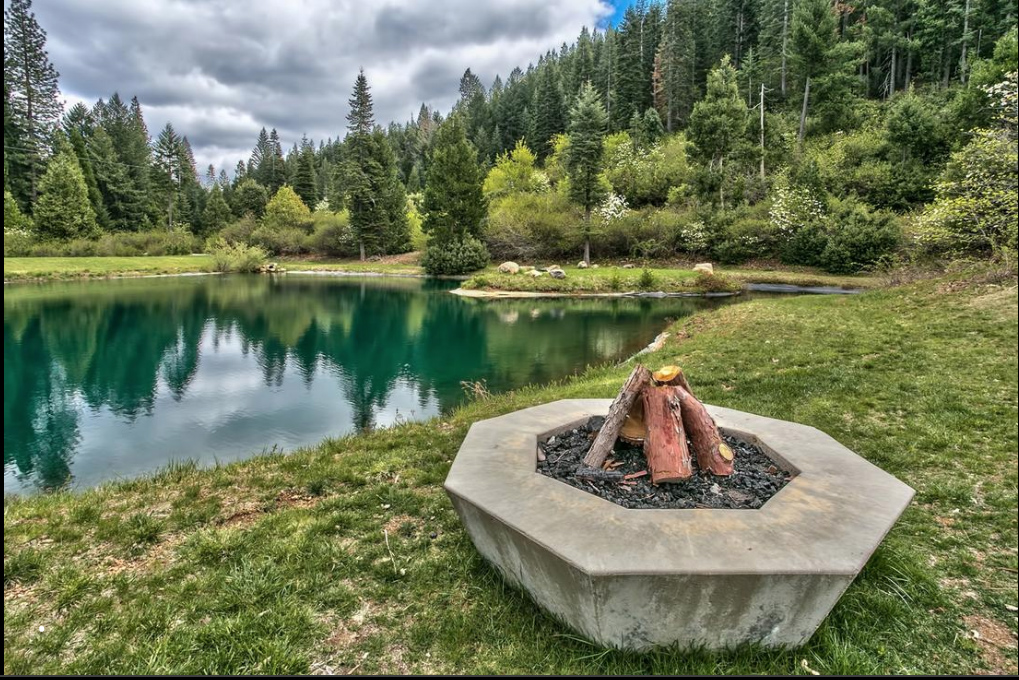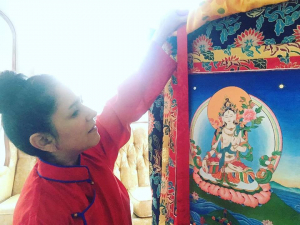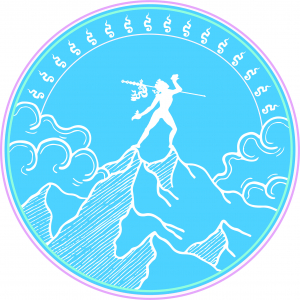
Other examples of the Buddha’s words include the melodious sound of teachings issuing from mountains, trees, birds, lotuses, drums, and so forth. The Explanatory Essays states: Through the blessings of the Buddha, teachings came even from birds, pieces of wood, pebbles, lotuses, wish-granting trees, and powerful drums. Because they arose from the blessings of the Victorious One, these teachings are held to be ‘the Buddha’s words.'”
– Longchenpa, From the Treasury of Philosophical Systems
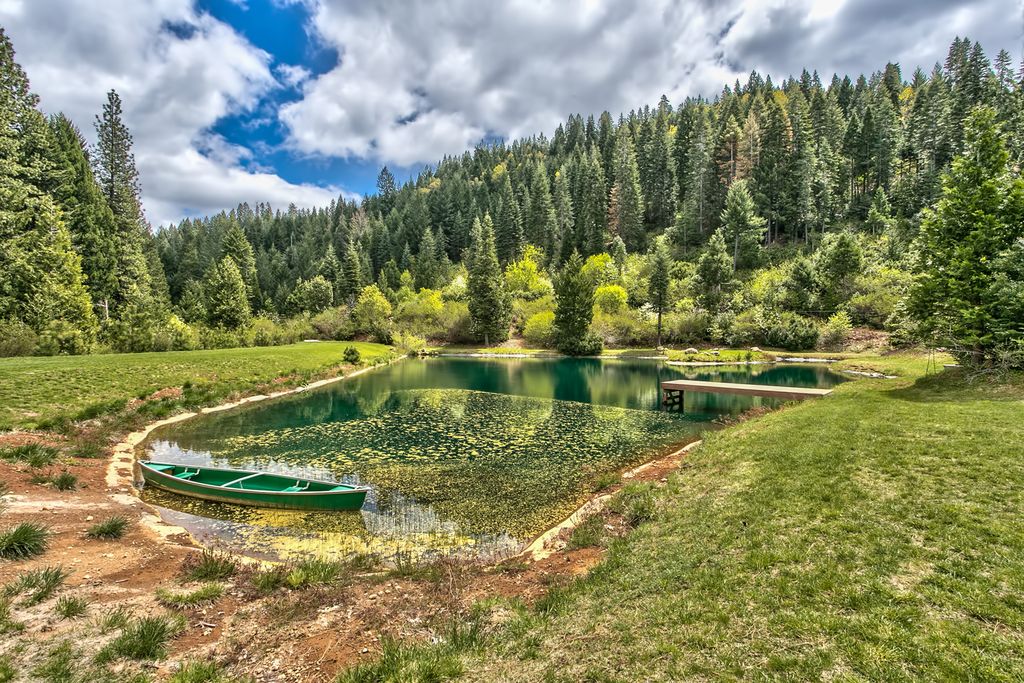
What does Dakini Mountain mean?
Dakini is the principle of enlightened energy in the phenomenal world.
It is the beauty of the natural elements which evoke joy, clarity, dignity, fearlessness, and peace. Dakini energy appears as the fundamental goodness of the five wisdoms underlying our own emotions. It also appears as the natural wisdom in our environment.
The Dakini is also the initiatory principle in Tibetan Buddhism.
It represents enlightenment being revealed in the least expected forms. As such, it is the ultimate affirmation of the buddha-nature in every person.
Dakini has other meanings as well.
The Dakini is associated with feminine enlightened wisdom. We are in the time when gender inclusivity is achieving unprecedented manifestations in Buddhism, with more women involved in every level of training and leadership. After many thousands of years of patriarchal cultures all over the world relegating women to secondary, subordinated status, a new era is dawning.
Dakini Mountain is devoted to expressing Buddhism in its highest potential, as an affirmation of the dignity of all beings. This is the Dakini principle at its heights – the affirmation of the intrinsic goodness of all beings is being ‘hoisted as a flag, ’ that awakens us all to our natural wisdom.
Read more stories about the Dakini Principle by Pema Khandro
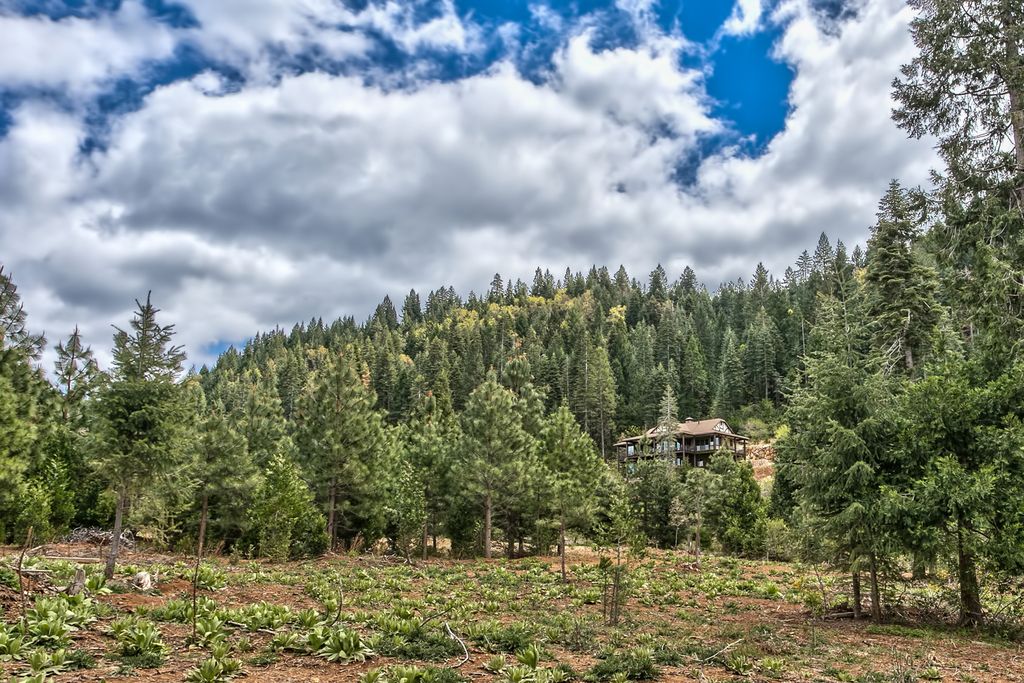
Where is Dakini Mountain?
Far away from the clutter and pollution of the city, away from Wi-Fi and cell towers, Dakini Mountain presents overwhelming beauty as far as the eye can see.
Yet, an important feature of Dakini Mountain is its accessibility. Dakini Mountain is just a twenty minute drive from Nevada City, California and less than ninety minutes from Sacramento, California or Reno, Nevada. It is off the grid. It has a beautiful lodge powered by solar electricity. It has abundant water from a crystal clear spring, a sixty-gallon per minute well, and a pond with island and dock. It has an outdoor kitchen and a majestic, large park-like lawn for outdoor events. There is a rustic board and batten barn which will be converted to an event space. There is a ropes course and access to endless hiking, mountain biking, equestrian and nordic trails. It is only thirty minutes to world-class skiing at Lake Tahoe, one of the highest rated skiing destinations in the United States. The beauty and wonder of Dakini Mountain makes it a destination site for retreat and for nature lovers.
About Dakini Mountain
Dakini Mountain is based on the practical wisdom of Tibetan Buddhism’s tradition of yogis.
The purpose of Dakini Mountain is to offer you experiences of deep relaxation and meditation for tuning into inner wisdom.
Dakini Mountain is a place to journey into the experience of nature’s raw beauty, to have experiences of bliss and well-being in one’s body and mind.
Dakini Mountain is a Buddhist retreat center devoted to gender equality and inclusivity.
Dakini Mountain offers:
- Tibetan Buddhist retreats
- Events with Pema Khandro and guest Lamas
- Meditation retreats
- Bliss Yoga retreats
- Body-mind Rejuvenation Courses
- Healing and Detoxification Spa
- Traditional Ayurvedic Cleansing (Panchakarma)
- Sustainable living and permaculture
- Training in the life-affirming energy of all aspects of the Buddhist Yogi’s lifestyle
- Retreat space for Spiritual retreats for all denominations and religions, Women’s retreats, LGBTQIA Retreats, Men’s Retreats, Diversity retreats, People of Color Retreats and more
Land Acknowledgement
Dakini Mountain is sacred land. We bow to the elders, ancestors, ancestors and guardians of this land, past, present and emerging. We acknowledge its history, reaching beyond colonization, to the indigenous people who lived in this territory and who continue to live in this area. We seek to understand the history of this place and develop authentic relationships with local tribes and dedicate Dakini Mountain to serve as a place of education of indigenous history and people.
About this Site This land has a history as a sacred land where Native American tribes would come to meet, to be a steward of this land is an opportunity to preserve it as a a sacred space and ecological oasis. The Tahoe National Forest includes areas of land that was never ceded, land that belonged to the Washoe Tribe of Nevada and California as well as Nisenan and Maidu tribes. Learn more about the Washoe peoples here: https://www.legendsofamerica.com/na-washoe/ Dakini Mountain is also in an area that belonged to the Nisenan and Maidu tribes, who spent summers among the Sierra Nevada.
We bow to the elders, ancestors, and guardians of this land, past, present, and emerging. We acknowledge its history, reaching beyond colonization, to the indigenous people who lived in this territory and who continue to live in this area. We seek to understand the history of this place and develop authentic relationships with local tribes and dedicate Dakini Mountain to serve as a place of education on indigenous history and people.
Understanding Colonialism and its impact on the understanding of Buddhism is a regular theme of Pema Khandro’s teachings. Colonialism has shaped every aspect of how Buddhism has been interpreted and understood in the contemporary context. Pema Khandro has presented respect for indigenous cultures as an ethical responsibility for all Buddhist practitioners, from respecting the source of the tradition and its customs, to understanding its meanings outside the ideas of modernity, to making regular financial contributions to indigenous practitioners in the Himalayas. The stewardship of the land at Dakini Mountain offers a way to continue this commitment by holding this site as a community resource, sacred space, ecological oasis, and touchpoint for education about indigenous lands.

